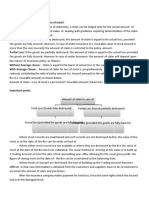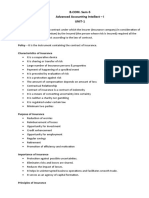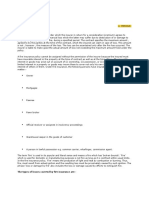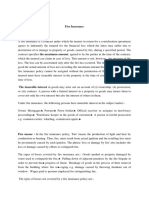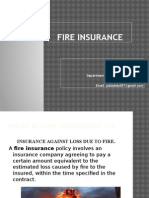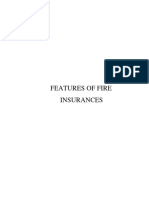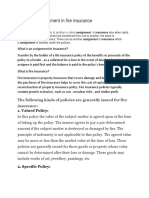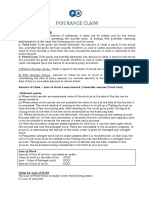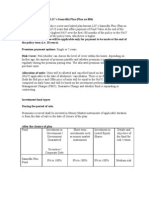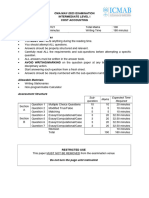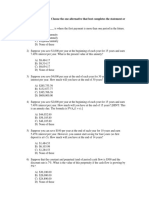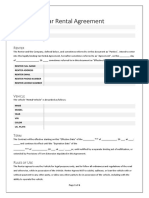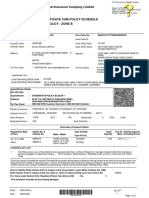0% found this document useful (0 votes)
6 views12 pagesModule 04
This document provides a comprehensive overview of fire insurance claims, including definitions, features, principles, and the procedure for filing a claim. It outlines the concepts of loss of stock, loss of profit, salvage, and average clause, along with detailed steps for calculating claim amounts based on various scenarios. Additionally, it includes illustrations and examples to assist in understanding the claim process and calculations involved.
Uploaded by
hierath8Copyright
© © All Rights Reserved
We take content rights seriously. If you suspect this is your content, claim it here.
Available Formats
Download as PDF, TXT or read online on Scribd
0% found this document useful (0 votes)
6 views12 pagesModule 04
This document provides a comprehensive overview of fire insurance claims, including definitions, features, principles, and the procedure for filing a claim. It outlines the concepts of loss of stock, loss of profit, salvage, and average clause, along with detailed steps for calculating claim amounts based on various scenarios. Additionally, it includes illustrations and examples to assist in understanding the claim process and calculations involved.
Uploaded by
hierath8Copyright
© © All Rights Reserved
We take content rights seriously. If you suspect this is your content, claim it here.
Available Formats
Download as PDF, TXT or read online on Scribd
/ 12

